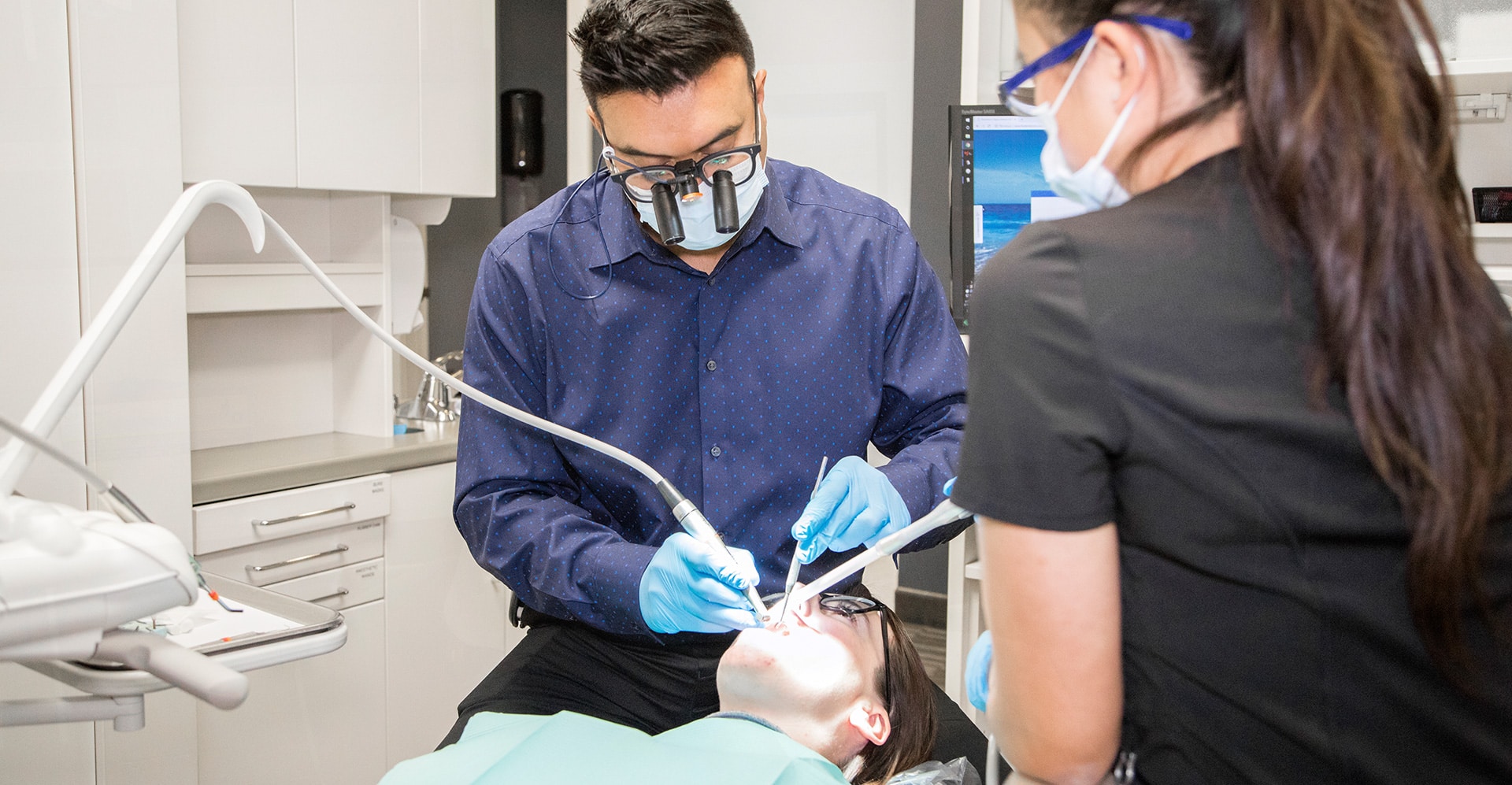Panoramic X-rays (also called Panorex® or orthopantomograms) are panoramic X-rays which are wraparound photographs of the face and teeth that are taken from all sides. The use of these devices gives the user the opportunity to see what is otherwise invisible to the naked eye. An x-ray, in general, is a form of imaging that exposes hidden structures, such as wisdom teeth, shows signs of early cavities, and also shows fractures and bone loss as well as hidden structures.
Panoramic X-rays are extraoral X-rays that are simple to take and can be performed in a short time. Panoramic dental X-rays are different from dental X-rays in that they are stored inside a rotating mechanism that rotates around the outside of the head rather than being placed inside the mouth like dental X-rays.

There is a difference between bitewing X-rays and panoramic X-rays in that bitewing X-rays have to be taken on a regular basis whereas panoramic X-rays should only be taken as needed. Panoramic x-rays are not conducted in order to be able to see every single tooth in detail, but rather in order to be able to see more of the sinuses, the nasal cavity, and the mandibular nerve during the operation. It is preferable to take an X-ray of the patient through a panoramic lens as opposed to an X-ray taken through a bitewing lens when the patient is in extreme pain or when the doctor suspects that a sinus problem is the source of the dental problem.
In dentistry, panoramic X-rays can be used for:
A panoramic X-ray is an imaging technique that enables the dentist to see both the lower and upper jaws from ear to ear in a two-dimensional plane. In the majority of cases, panoramic X-rays are used to determine the location of wisdom teeth or to determine whether a dental implant will affect the mandibular nerve (the nerve running from the mouth toward the lower lip).
An X-ray generator is located at the center of the Panorex equipment, and the images are held on a moving film attachment attached to the rotating arm that holds the X-ray generator. Between these two devices, the head is placed between them. In order to take orthogonal pictures, the X-ray generator moves around the head in order to take pictures as orthogonal as possible. There are a number of factors that determine how sharp, clear, and useful the X-rays that are taken to the dentist are depending on how the head and body are positioned. There is a 30 percent magnification use on the pictures in order to ensure that even the tiniest detail can be seen clearly.
As a diagnostic tool as well as a valuable tool for planning future treatments, panoramic X-rays are an important tool to have on hand. In contrast to other types of X-rays, they pose less risk to the body because less radiation enters the body with them.
Please ask your dentist if you have any questions about panoramic X-rays or if you have any concerns about them.
Our dentists pride themselves on putting your needs first and offering FREE PARKING — a rarity for downtown dentists. We care and we listen. Our dentists have years of experience and are here to serve your needs at every appointment. If you have a question about your smile or need a second opinion, we’re here to help.

The Dental Room has been serving the community for several years in Downtown Calgary. We provide our patients with high-quality, affordable, and comprehensive dental care. In our general dentistry clinic, we utilize the latest in dental technology and techniques. Our goal is to provide a healthy and beautiful smile for a lifetime.
| Monday | 10:00 a.m. – 06:00 p.m. |
| Tuesday | 09:00 a.m. – 02:00 p.m. |
| Wednesday | 09:00 a.m. – 05:00 p.m. |
| Thursday | 09:00 a.m. – 05:00 p.m. |
| Friday | CLOSED |
| Saturday | CLOSED |
Copyright © The Dental Room All Rights Reserved